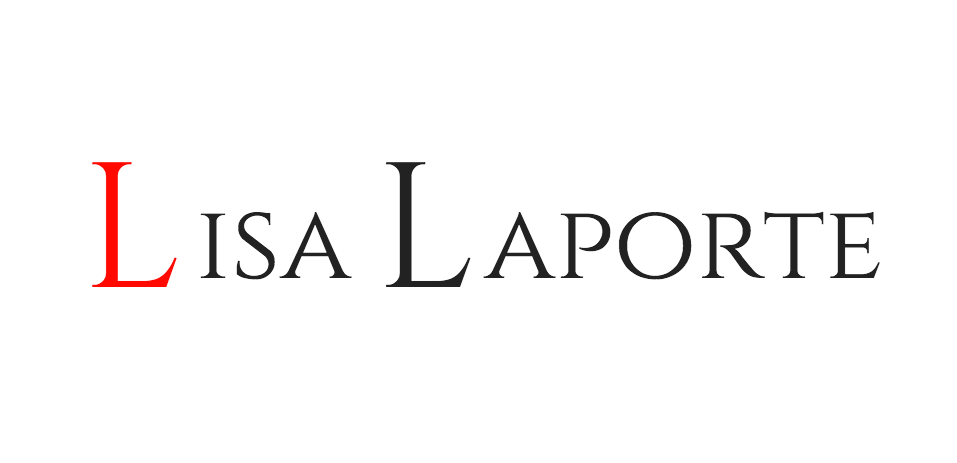With such a competitive playing field as we have today, businesses cannot afford to relax their efforts when it comes to marketing. More than ever before, businesses need to have a well-defined target market as the first strategy toward optimizing their returns on investment. Defining a business’s target market is more than just knowing the kind of audience that the business targets. Here are some in-depth tips on how businesses can choose and define their target audience with great specificity and precision.
Analyzing the product or service offered
When developing a specific product or service, every business aims to meet the needs of a particular market audience. The first thing to do when choosing a target audience is to evaluate the kind of product or service being offered. The relevance of a specific product and service to the public narrows down to a specific group of people in the market.
Defining the demographics
Each target audience can be broken down further into several demographic factors. The idea behind this concept is to have the target audience, identified in the first step above, broken down further into specific subcategories. Among the important demographic factors to consider include the audience’s age, gender, location, education, income, occupation, ethnic background, and even marital status.
Psychographic factors
For a long time, businesses have been used to defining their audience in terms of their demographics only. Psychographic factors that define the audience’s personal characteristics are also crucial when seeking to achieve an in-depth understanding of a business’s target audience. Factors such as the audience’s personality, values, hobbies, lifestyles, interests, and behavior can determine how well suited a business’s product or service will be to the audience’s life.
The statistic parameters
When deciding on whether to pursue a target audience or not, a business should also look at its internal decisions as relates to the perceived and actual association between the target audience and the business’s products and services. This implies that a business should evaluate whether there exists a sufficient threshold in terms of numbers of people who fit the criteria pointed out above. If the criteria are too exclusive, or the product targets a too narrowed audience, then the business should seek to broaden its reach to ensure that it breaks even.
Photo by Miguel Henriques on Unsplash.


